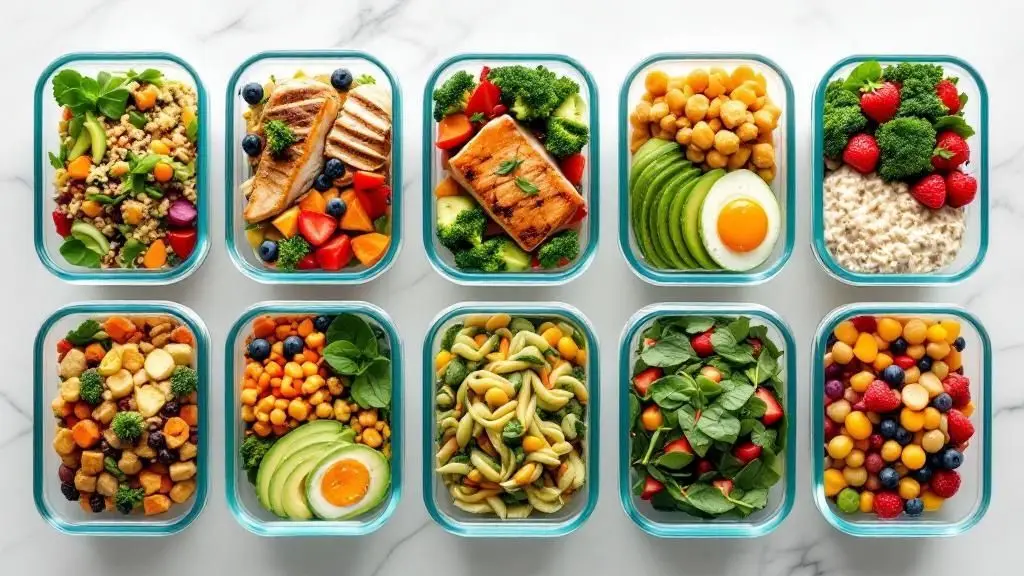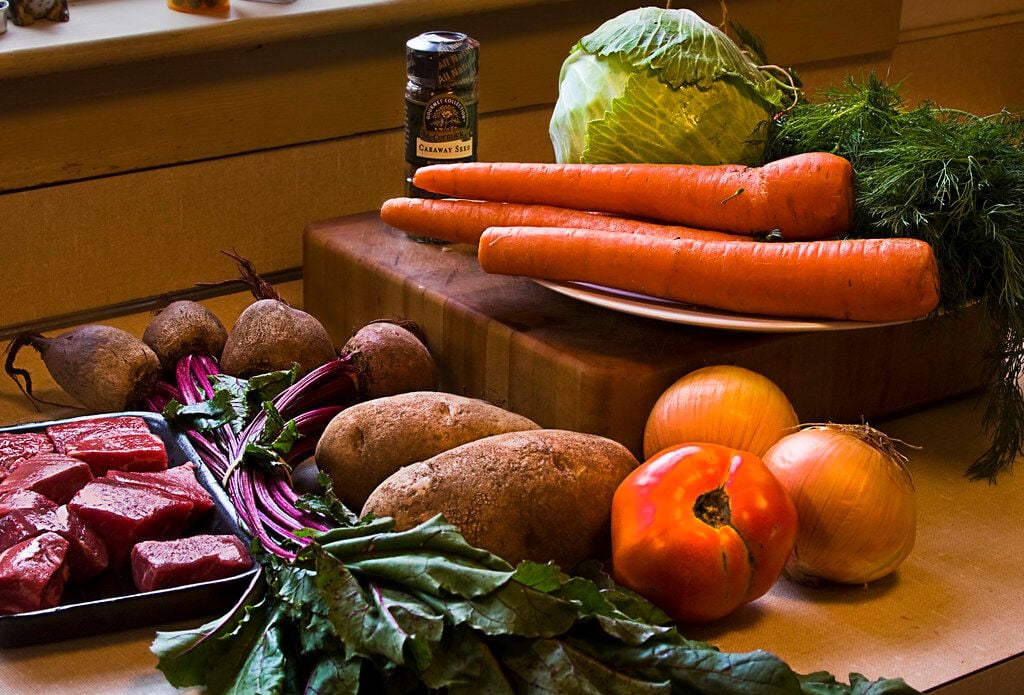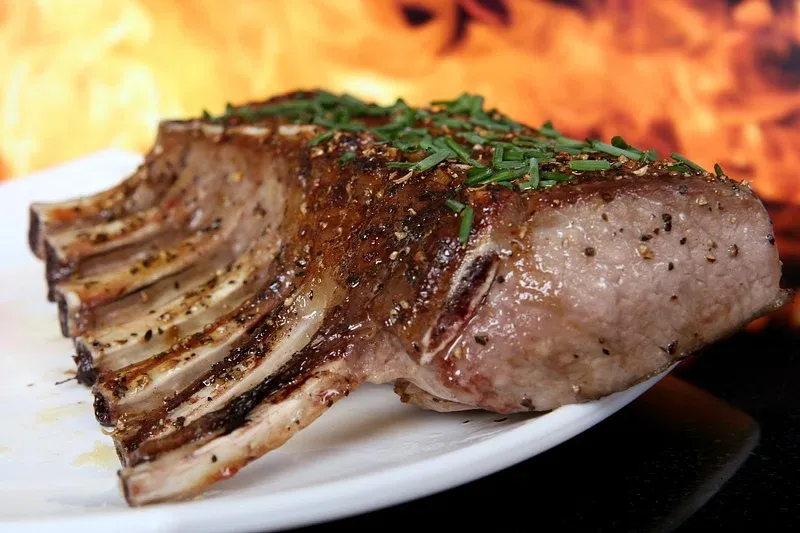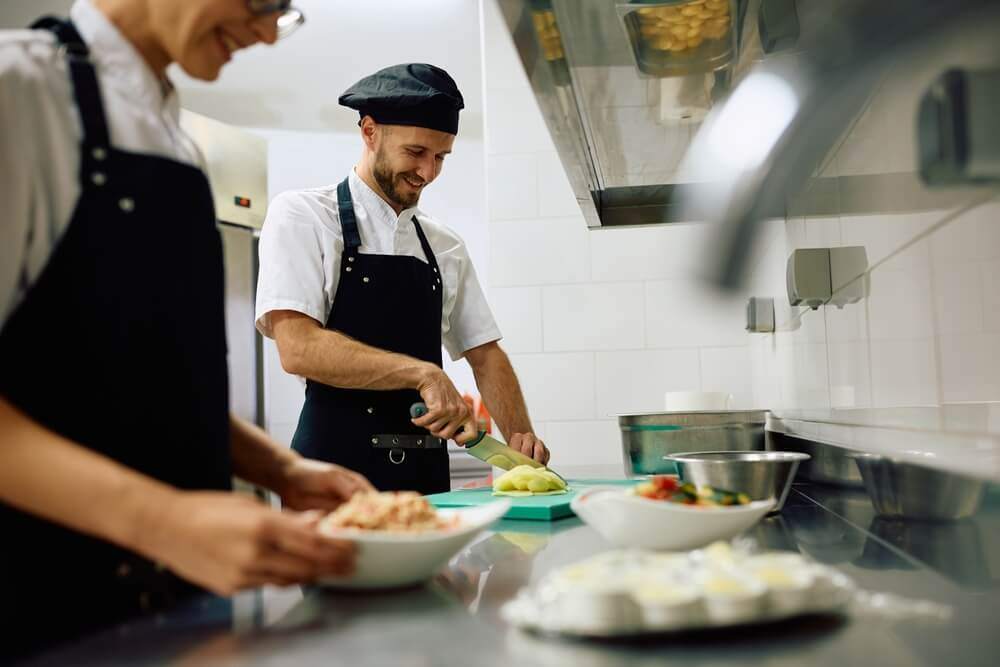
Unleashing the Power of Dosa: South India's Versatile Delight
- Mar 24, 2024
Dosa is perhaps the most symbolic dish of South India. This savory fermented crêpe, often filled with spiced vegetables, is relished by people at all times, from breakfast to dinner. As it has gained worldwide recognition, many are familiar with the restaurant-style dosa. This version comes delicately thin, extending across the entirety of a table with fragile, crisp ends, often requiring diners to push back their seats to avoid crushing its delicate edges. This spectacle, though, is far from the version of dosa that is made at home.
"Dosas made at home are rarely as large or slender as the ones served in restaurants. However, the smaller, pancake-like dosas taste even better,” points out Anita Jaisinghani, a renowned chef and owner of the popular Houston-based Pondicheri restaurant in her cookbook – Masala: Recipes from India, the Land of Spices.
In line with most South Indian cooks, Jaisinghani always has a batter ready at her house. She lends valuable tips from her kitchen where she soaks and grinds lentils and rice, and then ferments the batter to attain the requisite acidic tang.
Preparing dosa batter, one can argue, is an art. However, it is also significantly influenced by the environment. Recounting the experience from childhood days at her grandparents' home in Visakhapatnam, India, recipe creator Chandra Ram shared that herbs would easily ferment the batter due to the warm air and humidity that circulated through the house's open windows. She compares this with her present-day experience in her Chicago apartment, where achieving the same fermentation result is not as exact. Nevertheless, Jaisinghani's recipe is meant to be a success regardless, even in the most air-conditioned kitchens. The key is getting the room temperature right (between 75°F to 80°F). The batter can also be stored in an unheated oven with the light on if needed.
Each dosa is made in just a few minutes and can be stuffed with a variety of fillings like sautéed greens, vegetables, chutney, or Aloo Masala (spiced potatoes cooked in ghee). In Ram's words, while the homemade dosas may not achieve a perfect form, their unique flavor and crunch bring back memories of her grandmother’s kitchen.
Making a dosa starts with the batter which consists of rice, urad dal (split lentils), and fenugreek seeds. These ingredients are first rinsed well, soaked overnight, and then ground before fermenting. The fermentation process, essentially the conversion of carbohydrates to alcohol or organic acids with the aid of microorganisms, plays an essential role in this dish. This process lends the dosa the characteristic taste, aroma, and easy digestion.
The tiny fenugreek seeds aid in this process but also help in maintaining the dosa's fluffiness by absorbing excess moisture and maintaining carbon dioxide levels. If your kitchen temperature is less than 75°F, soak and ferment the dosa batter in an unheated oven with the oven light on.
The process of making a dosa is quite similar to making crêpes. Recipe tester Melissa Gray advises working quickly, swirling the batter to an even thickness. Each dosa cooks within minutes, so one must keep the filling ready. "Mastering the spread of the batter could be a challenge for first-timers, but don’t feel disheartened,” remarks Jaisinghani, recalling that irregularly shaped dosas are often the most delicious. The dosa batter can be prepared and stored in the refrigerator for up to two weeks.
Finally, consider pairing your homemade dosa with a nutty pétillant naturel, such as Meinklang Weisser Mulatschak, especially when filled with aloo masala. With these tips and patience, perfecting the art of dosa making, a testament to South Indian culinary heritage, is within everyone's reach.






